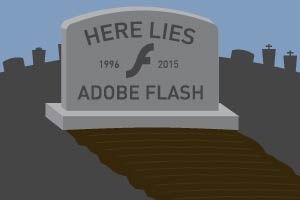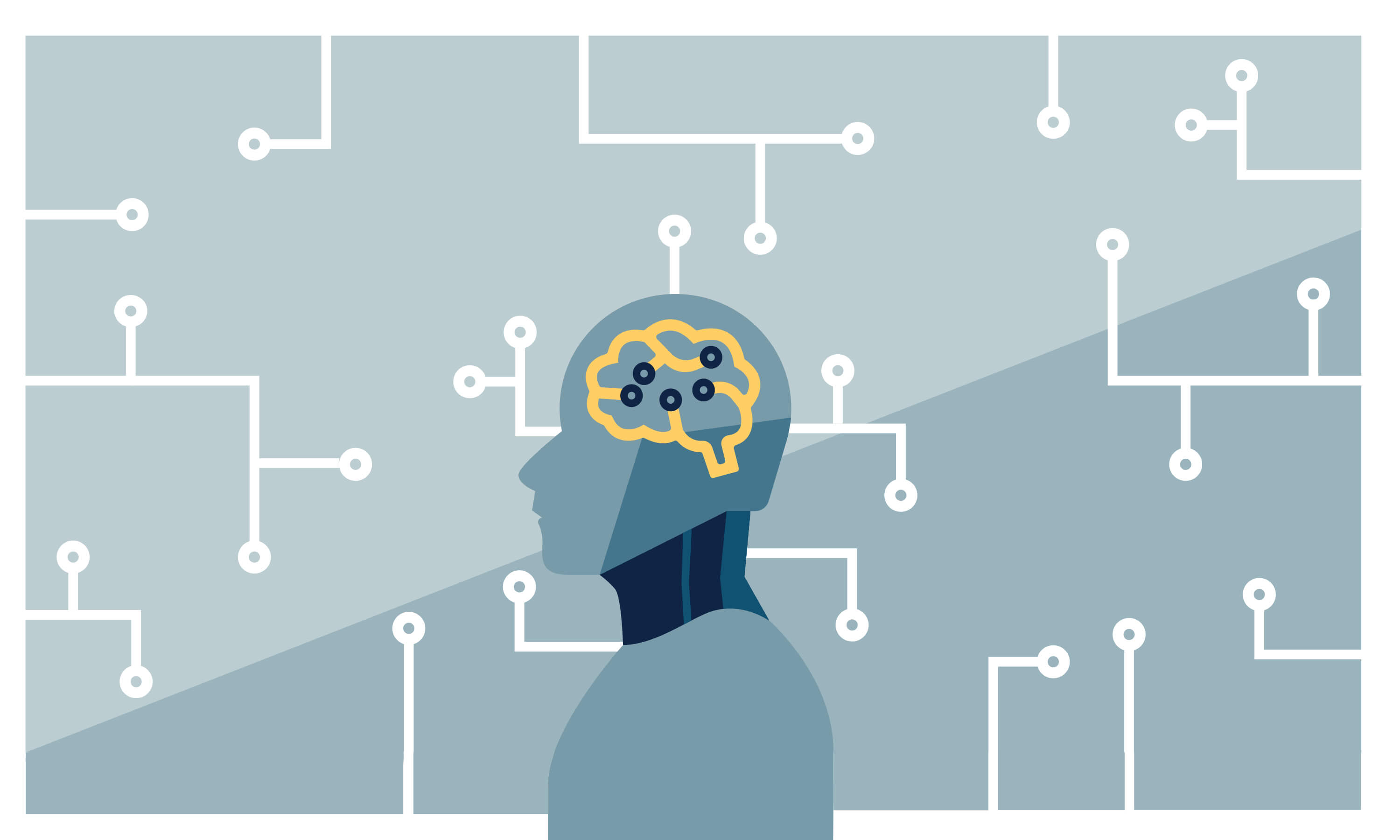R.I.P. Adobe Flash. Here’s What it Means for Your Brand.
7/20/18

It’s a high-tech transition that will have a direct impact on the success of your brand’s digital ads. Learn why.
Why are browsers blocking Flash content?
In short, Flash is no longer a secure technology for users. In June, Adobe identified more than 35 different vulnerabilities in the technology, three of which were extremely dangerous. Although Adobe and Google have taken steps to secure Flash over the past decade, the technology continues to fall victim to cyber attacks. As of July, Google and others have blocked Flash ad content to help protect their users (note that Apple said goodbye to Flash when it released the first iPhone in 2007).

My brand is using Flash banner ads. What will happen to them?
Depending on your target audience, there’s a very likely chance that your dynamic digital ads will now appear as static images (or, even worse, not appear at all). This is especially true for Flash content on mobile devices. In a recent study, 98.6% of Flash impressions on mobile devices defaulted to a static image. In comparison, just 8.3% of HTML5 ads defaulted.
I want to get the most value out of my digital ads. Since Flash is fading as a useful option, what should I do now?
Although we’re sad to see Flash fade out, it’s an exciting time to try new technologies. Zehnder is taking steps to produce the majority of dynamic digital ads for our clients with HTML5 instead of Flash. By doing so, we’re ensuring that our clients’ digital ads remain secure and reach the largest amount of people possible.
Does HTML5 produce the same results as Flash in terms of quality?
Yes. Visually, the two produce content that is identical to the viewer. On the back end, you should note that HTML5 integrates more easily with Google Analytics — allowing you access to more in-depth data on ad performance.

The most obvious advantage of designing digital ads with HTML5 is the guarantee that your ads will actually be displayed across browsers and devices. Additionally, you’ll know that your ads will be more secure for users and continue to be technologically relevant in the near future. Lastly, because HTML5 is a text-based language, you can easily tweak and update your digital ads in real-time (Flash ads are difficult to update due to security issues).
The (short-term) downside of using HTML5: it might require a little more time to develop each ad. HTML5 was officially released less than a year ago, so the industry is in the early stages of creating HTML5 support tools and resources. But if there’s any community that’s quick to embrace change, it’s the digital one — so you can bet that the industry will adapt quickly.
So, what should I do?
When it comes to digital ads, the future of Flash is pretty much over. It’s time to get your brand on board and start using HTML5 before it’s too late. Contact us to learn more about how this transition can maximize your digital ad campaign performance.
Ready To Dive In?
Let's GoDive in with Z
Zehnder is always on the lookout for great collaborators. From clients aspiring to drive sustainable growth to fresh talent hoping to join the team, we welcome you to drop us a line. We’ll be in touch!





